People
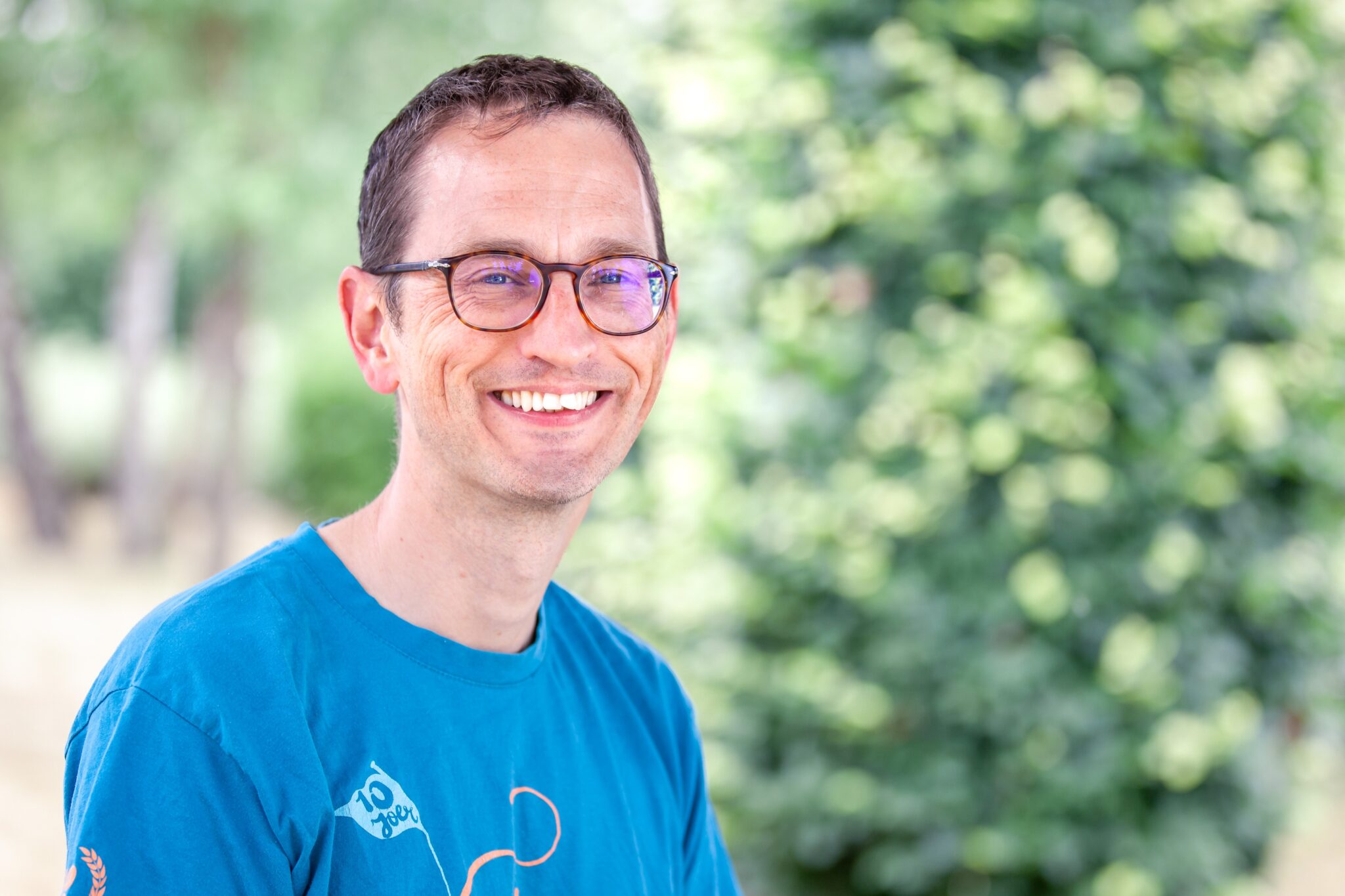
Prof. Phillip Dale
Full professor in Physics
Biography
Phillip Dale is a Professor leading the Laboratory for Energy Materials. His team develops new materials and methods for growing thin film semiconductors for use in conventional and non-conventional device geometries. He has a successful track record in developing new earth-abundant absorber layer materials for thin film solar applications, which led to industry collaborations with IBM, Umicore and Bosch. He and his group have secured > €5M of funding, including being a partner of a Horizon Europe EIC kickstarter grant, an FNR ATTRACT individual research fellowship grant, two international bi-lateral grants, as well as leading a Doctoral Training Unit FNR PRIDE block grant of 8 PhD students all investigating high efficiency solar cell concepts. He has served on the UK’s solar commission and is an international advisor to the UK’s CDT for Photovoltaics. He has >100 publications (>4100 citations), co-authored 4 book chapters and has 3 patents, 1 of which is licenced. He is passionate about sustainability outreach, more information can be found at https://e4l.uni.lu.
Research Interest
Phillip Dale has been working with thin film semiconductors for solar cells since 2004 and heads the Laboratory for Energy Materials, which is part of the universities photovoltaic cluster. His group researches three different photovoltaic applications – how to convert more sunlight to electrical energy using tandem solar cells or light concentration, how to make solar cells camouflaged by making them semi-transparent or coloured, how to make them small to replace batteries. The research is multi-disciplinary covering the fields of (electro)chemical and liquid phase synthesis, kinetics and thermodynamics of gas – solid reactions, micro and nano fabrication, and device physics.
More information on his groups research can be found: https://www.uni.lu/fstm-en/research-groups/laboratory-for-energy-materials/
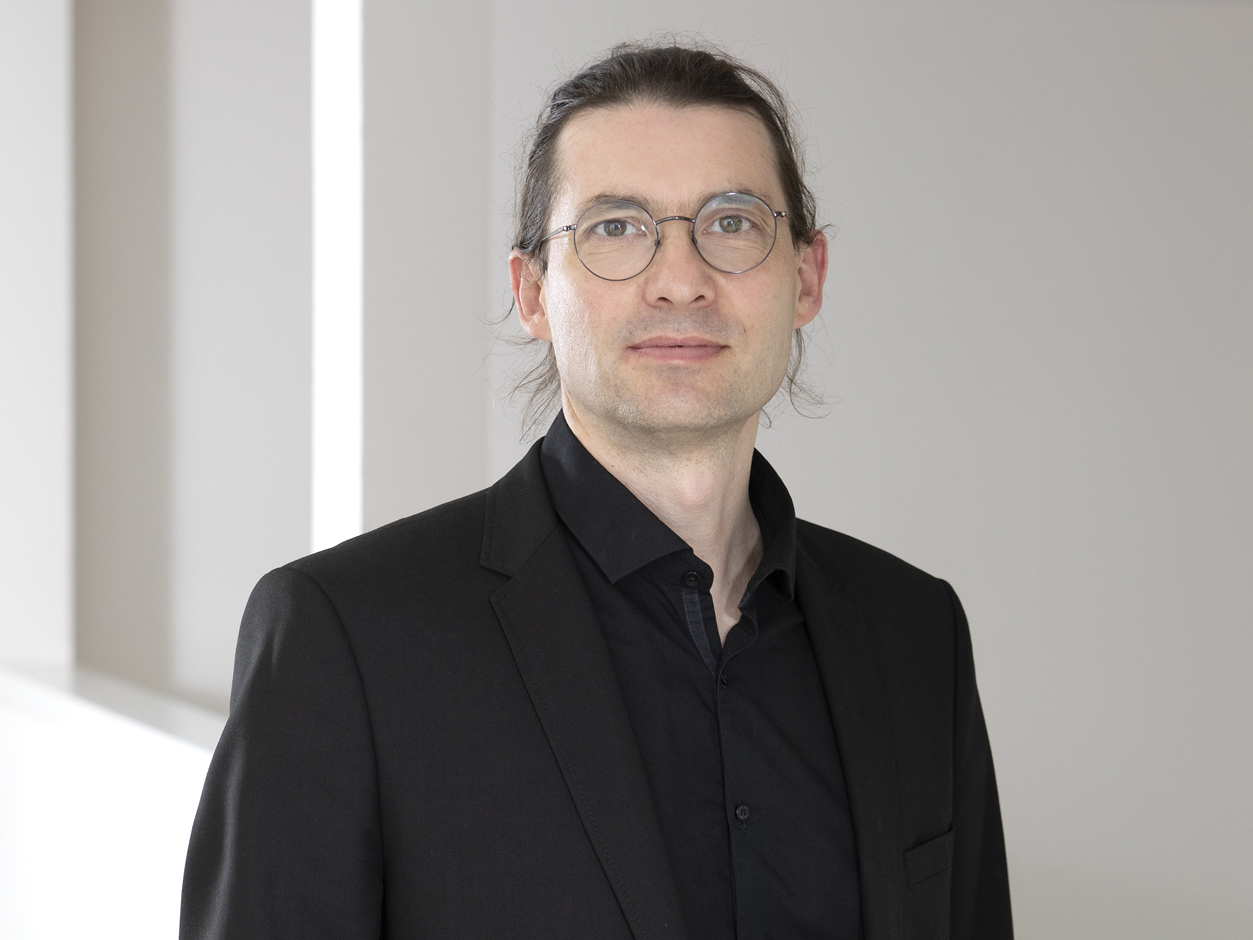
Prof. Emmanuel Defay
Unit and Group leader at LIST and Affiliate Professor of Physics at uni.lu
Biography
I am the head of the Nanotechnology Unit at Luxembourg Institute of Science and Technology (50 researchers) since 2021 and the head of the Ferroic Materials for Transducers group (25 researchers) since 2014. Prior to that, I spent 15 years with CEA LETI in Grenoble to develop piezoelectric thin films for Microsystems. From 2010 to 2012, I was an invited scholar at the University of Cambridge (UK) and by-Fellow of Churchill College, where I performed research on the electrocaloric effect for solid-state cooling. In 2024, I obtained an ERC Advanced Grant to study pyroelectric materials for waste heat conversion in electricity.
Research Interest
My research interests are about materials able to transform one form of energy in another one, and, more specifically, in those related to electrical energy, such as piezoelectric micro-pumps, haptic actuators, mechanical or thermal energy harvesters or electrocaloric solid-state coolers. These topics lie between materials science, engineering and thermodynamics, all of them being required to create innovation in bringing these materials into realistic applications.
More information on his group’s research can be found:
https://www.list.lu/en/mrt/nanomaterials-and-nanotechnologies/group/ferroic-materials-for-transducers-group/
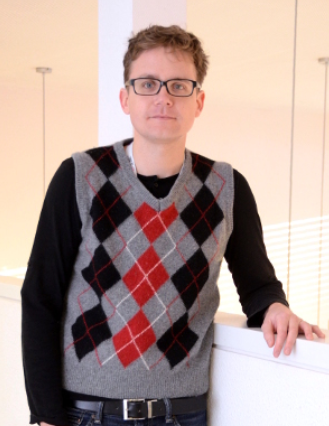
Dr. Sebatjan Glinsek
Senior Scientist at LIST
Biography
I am currently a Senior Lead R&T Scientist at the Luxembourg Institute of Science and Technology (LIST). I earned my Master’s degree in Chemical Engineering from the University of Ljubljana, Slovenia, and pursued my PhD studies at the Jožef Stefan International Postgraduate School, specializing in Nanomaterials and Nanotechnologies, which I completed in 2012. That same year, I joined Brown University (USA) as a postdoctoral researcher. In 2014, I moved to LETI (France) to gain experience in a Research and Technology Organization before joining LIST in 2016. I have published over 60 peer-reviewed papers, contributed to 3 book chapters, and filed 8 patents.
Research Interest
My professional career has been driven by the pursuit of solving fundamental scientific problems and connecting them to practical applications. I specialize in the chemical synthesis and characterization of electronic oxides, focusing on developing innovative processing techniques that enhance or introduce new functionalities in devices. These applications range from haptic actuators and energy harvesters to, more recently, catalysis.
More information on his group’s research can be found:
https://www.list.lu/en/mrt/nanomaterials-and-nanotechnologies/group/ferroic-materials-for-transducers-group/
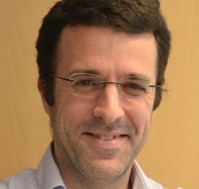
Prof Jorge Iniguez-Gonzalez
Senior Principal R&T Scientist at LIST and Affiliate Professor of Physics at uni.lu
Biography
: I studied Physics at the University of the Basque Country (Spain), where I obtained his Ph.D. in 2001. After post-doctoral appointments at Rutgers University (USA) and the NIST Center for Neutron Research (USA), in 2005 I joined the Institute of Materials Science of Barcelona (ICMAB-CSIC) as a permanent researcher. Then, in 2015 I moved to the newly created Luxembourg Institute of Science and Technology (LIST), as the lead scientist for computational materials physics. Since 2018 I also hold a position as affiliate professor of Physics at the University of Luxembourg.
Research Interest
I use various theoretical and simulation methods to study materials properties. Most of my work has to do with applications of Density Functional Theory, an approach that offers unique insight into the microscopic origin of the most diverse phenomena, as well as the predictive power necessary for the design of novel systems optimized for applications. My current research focuses on functional oxides, especially ferroelectrics and magnetoelectric multiferroics. I usually focus on energy-related problems, from energy harvesting and storage to sustainable low-power computing. I also develop new tools for large-scale simulations.
More information on his group’s research can be found:
https://sites.google.com/site/jorgeiniguezresearch
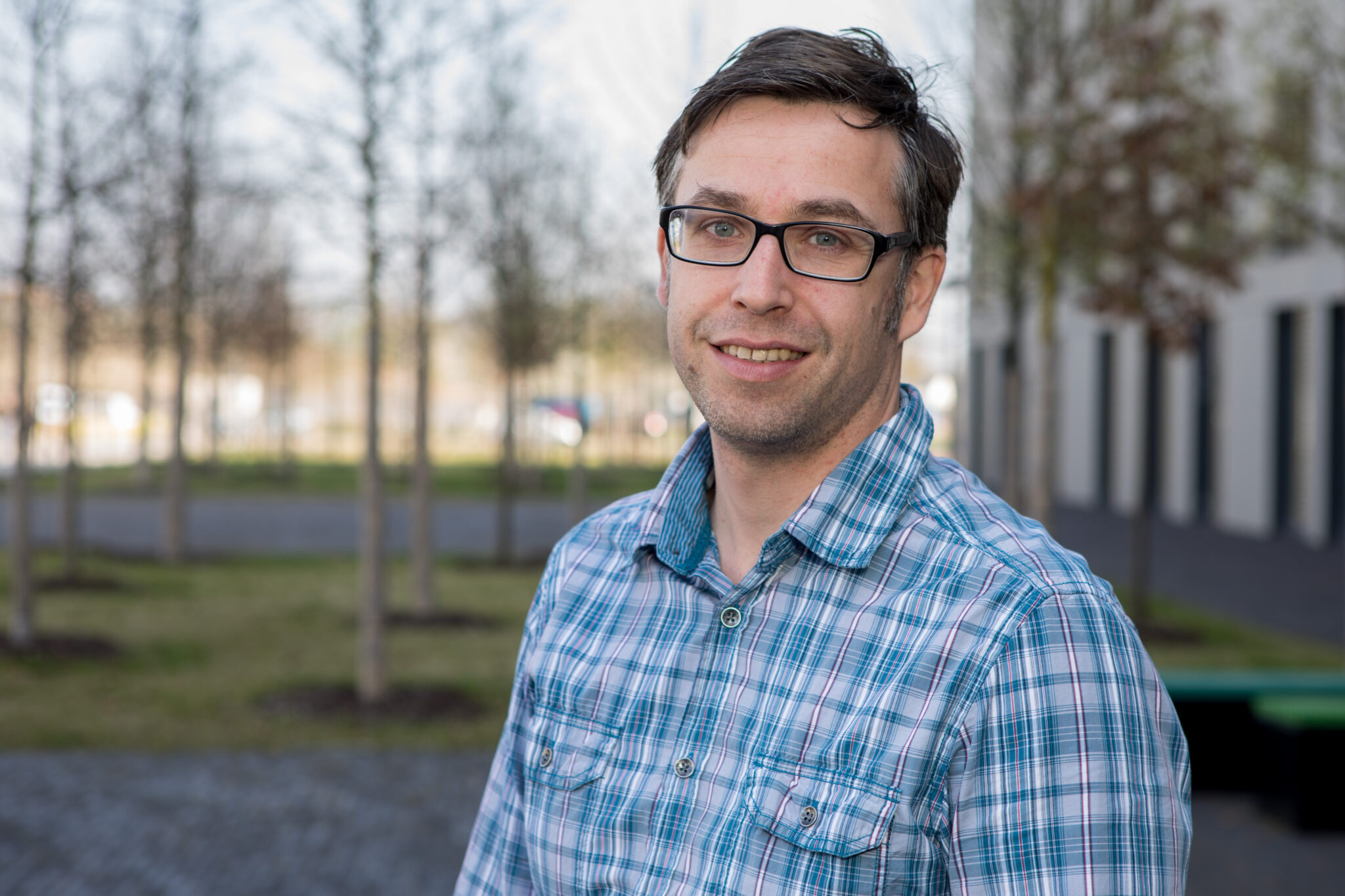
Prof. Alex Redinger
Full professor in Physics
Biography
Alex Redinger is an associate professor at the University of Luxembourg in the Physics and Materials Science Research Unit. He studied Physics at the RWTH Aachen in Germany. He carried out his PhD in the group of Prof. Thomas Michely where he studied ion-surface interactions with scanning tunneling microscopy. As a Postdoc he worked at the University of Luxembourg in the group of Prof. Susanne Siebentritt and at the Helmholtz Zentrum Berlin in the group of Dr. Thomas Unold. The overarching topic of his postdoctoral stays where the fabrication and characterization of kesterite solar cells.
In 2016, he was granted with an FNR ATTRACT Consolidator grant, which allows him to build up a scanning probe microscopy group to study the surfaces and interfaces of thin film solar cells. Since 03.2017 Alex is building up his new group at the University of Luxembourg
Research Interest
Alex Redinger’s research interests are:
Thin film solar cells such as Cu(In,Ga)Se2 , kesterites and hybrid perovskites
Scanning Probe microscopy methods (STM, STS, KPFM)
Photoluminescence methods (Spatial, Spectral and time resolved)
More information on his group’s research can be found:
https://wwwen.uni.lu/research/fstc/physics_and_materials_science_research_unit/research_areas/scanning_probe_microscopy

Prof. Susanne Siebentritt
Full professor
Biography
Susanne Siebentritt is a physics professor and heads the laboratory for photovoltaics at the University of Luxembourg.
She studied physics at the University of Erlangen and received her doctoral degree from the University of Hannover. After several postdoc positions at the University of Los Angeles, the Free University of Berlin and the Hahn-Meitner-Institute (now Helmholtz-Zentrum Berlin), she led a group at Hahn-Meitner-Institute for nearly 10 years, which focused on the physics of chalcopyrite solar cells. In 2007 she moved to Luxembourg and built up the laboratory for photovoltaics.
She is the author of more than 250 peer reviewed publications, with nearly 10 000 citations. In 2022 she received the “Outstanding Mentor” award of FNR. Since 2023 she holds an honourable doctorate of the University of Uppsala.
Research Interest
We work on thin film solar cells, based on stable inorganic materials with high efficiencies. Our aim is to understand the fundamental physics limitations of these devices and to mitigate them. We concentrate on chalcopyrite semiconductors (CIGS): selenides for single junction solar cells and sulfides for tandem solar cells. Besides solar cell characterisation our main tool is photoluminescence, which we have perfected to predict the efficiency of absorbers and to identify the major loss mechanisms, in order to find ways to prevent them.
More information on his groups research can be found:
https://www.uni.lu/fstm-en/research-groups/laboratory-for-photovoltaics/
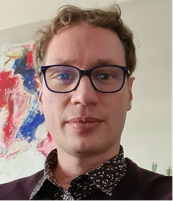
Dr. Jean-Sébastien Thomann
Group leader at LIST
Biography
In 2008, Jean-Sébastien Thomann completed his PhD thesis in the field of synthetic Nano cancer vaccines. This PhD was carried out at the Biovectorology laboratory, UMR 7199 CNRS/UDS in Strasbourg (France). In the same year, he began his first postdoctoral fellowship in polymeric nanosystems and coatings, also in Strasbourg, France. In July 2010, Jean-Sébastien started his second postdoctoral fellowship at CEA TECH LETI DTBS in Grenoble, France, where he worked for 18 months as a research engineer in lipidic capsule engineering for photodynamic therapy. In January 2012, he joined LIST (formerly the Gabriel Lippmann public research centre) as a permanent researcher in the Nano unit. There, he developed a technology portfolio involving silica-based, calcium carbonate, lignin, and cellulose functional nanoparticles. On January 1st, 2022, Jean-Sébastien was appointed Group Leader of the Powder and Colloidal Chemistry group at LIST.
Research Interest
JS Thomann is Group Leader of Powder and Colloids Engineering at LIST, and specialized in micro and nanoparticle synthesis, He focus on developing both soft and hard particles, made from materials such as polymers, lipids, ceramics, or their combinations. His work is centered around two main applications:
Smart Delivery Systems: He design porous nano and micro particles for encapsulating agricultural, health, and cosmetic ingredients. These particles are engineered to release their contents in a controlled manner, improving efficacy and targeting.
3D Composite Reinforcements: I study particle network engineering to enhance the mechanical properties of composite materials, focusing on how particles reinforce solid matrices.
Both research areas involve the study of dispersed systems, including colloids in liquid and nanocomposites in solid matrices. His research delves into the supramolecular interactions among particles, ingredients, and their environments and explore various nanoparticle growth mechanisms.
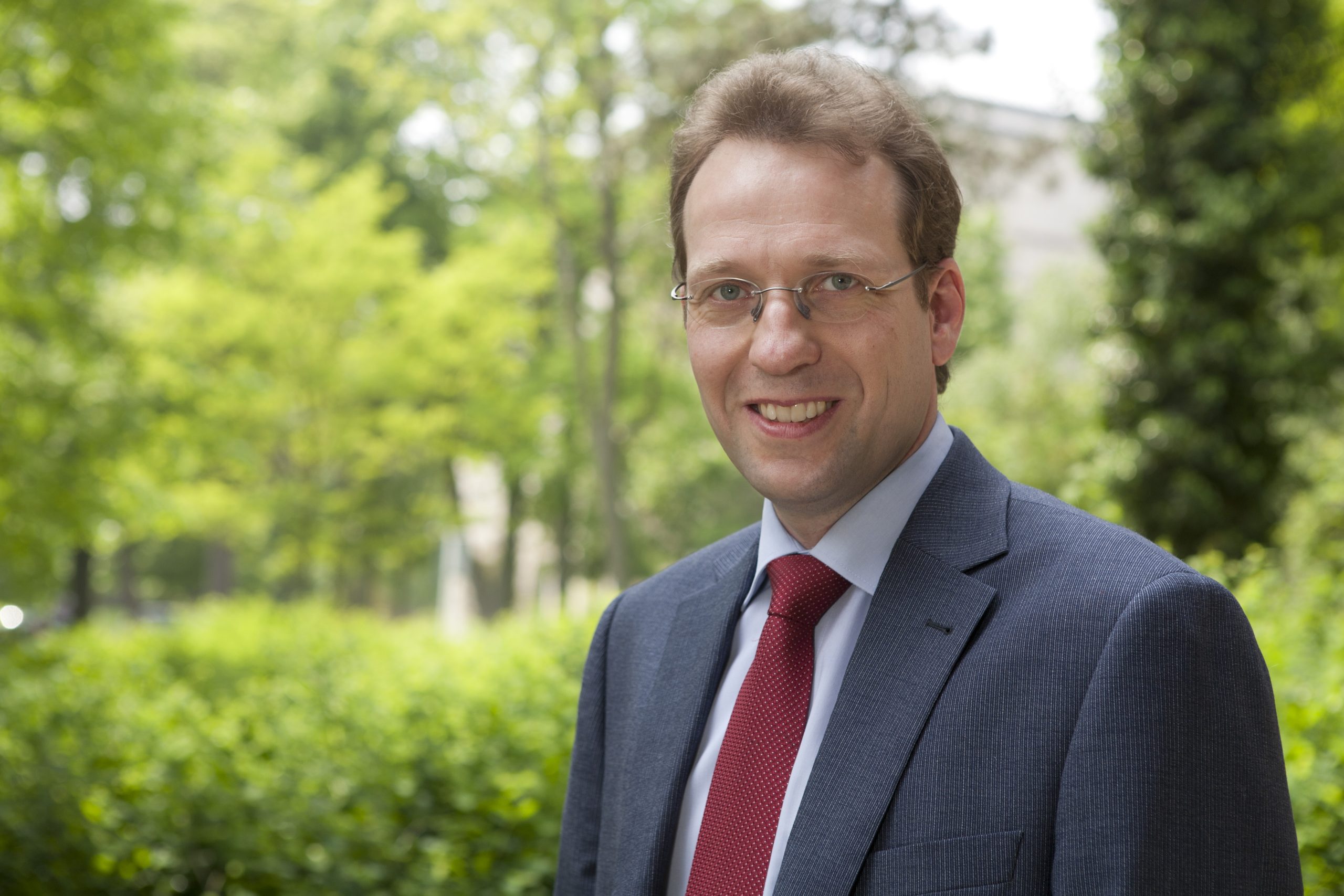
Prof. Ludger Wirtz
Full professor in Physics
Biography
Ludger Wirtz is the Head of the Physics and Materials Science department of the University of Luxembourg and leads a research group in theoretical solid-state physics. He studied physics at the University of Bonn (Germany) and at the University of Tennessee in Knoxville (USA). In 2001, he received his PhD from the Vienna University of Technology (Austria). After a postdoctoral stay in San Sebastián (Spain), he worked as CNRS researcher at the Institute for Electronics, Microelectronics, and Nanotechnology in Lille (France). In 2012 he became Full Professor of physics in Luxembourg. He has published 100 papers, 3 book chapters and holds 1 patent.
Research Interest
Ludger Wirtz works in theoretical solid-state-physics which means that he tries to understand the macroscopic properties of various materials starting from the microscopic (atomic) structure of the underlying crystals. He studies the interaction of light with materials. This activity is also called « theoretical spectroscopy ». It serves, in particular, for the theoretical/computational description of a large variety of spectroscopic techniques such as Raman spectroscopy, optical absorption, and luminescence. These experimental techniques can give a lot of information on the atomic structure and on defects if they are accompanied by precise calculations. Even though the fundamental physical mechanisms of these techniques are known, the precise implementation of computational schemes based on many-body perturbation theory remains a challenge on which the group is working. We apply the methods in particular to 2D materials and to defects in semiconductors.
More information on his group’s research can be found:
https://wwwen.uni.lu/research/fstc/physics_and_materials_science_research_unit/research_areas/theoretical_solid_state_physics